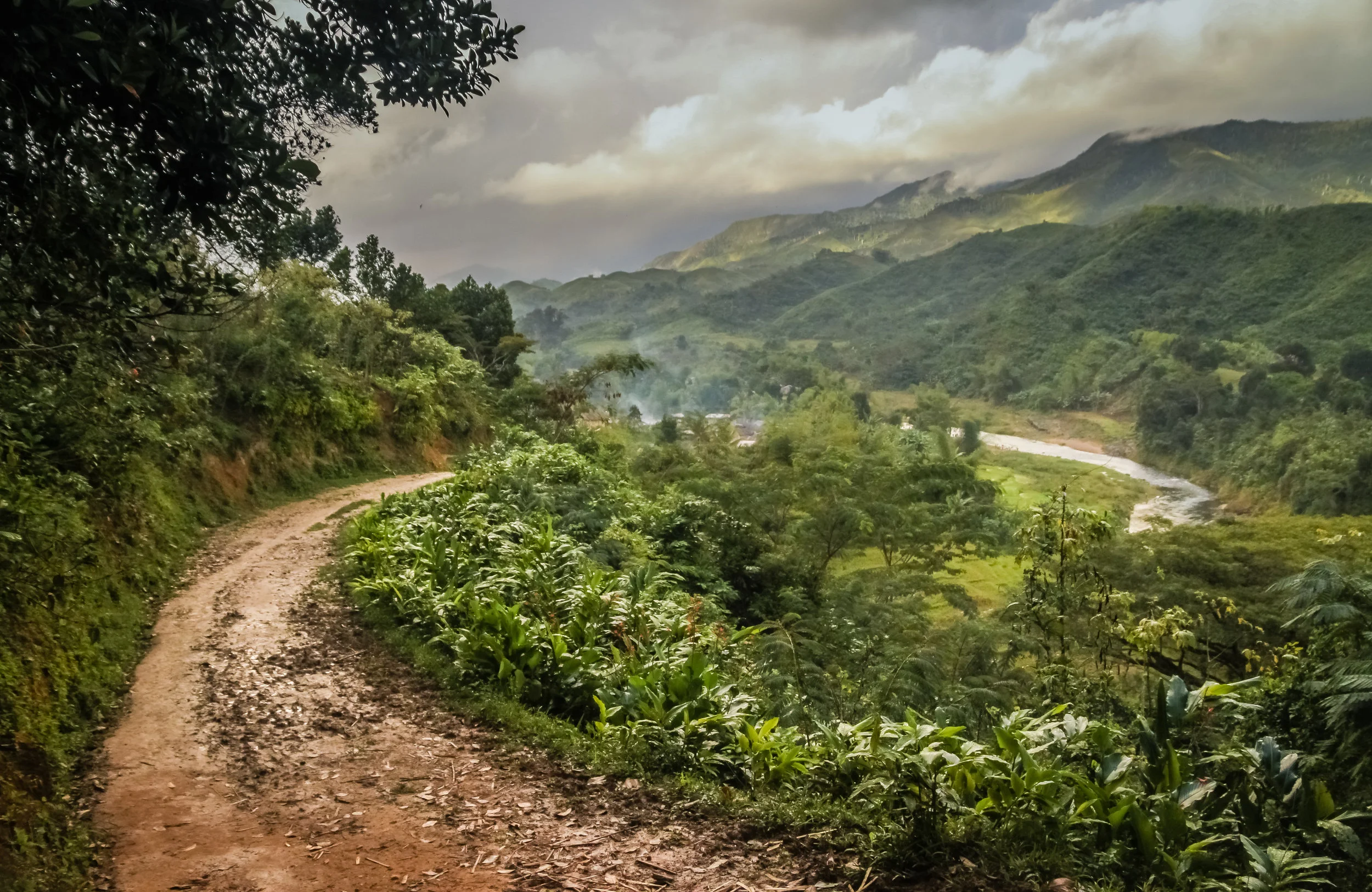madagascar
Isolated in the Indian Ocean for over 80 million years, Madagascar has nurtured the evolution of a stupendous array of plants and animals.
It features distinctive ecosystems and extraordinary wildlife and plant life found nowhere else on Earth, including an abundance of different lemur species and six of the world’s nine baobab tree species. Today, this great diversity of life is threatened, with poverty, deforestation, political instability, rapid human development, and international trafficking all taking their toll.
Since 1991, the Foundation has supported a wide range of collaborations between village communities, national, and international organizations, and helping foster the spirit and practice of local community-based conservation in Madagascar. The Foundation currently focuses its efforts in the dry south, the central highlands, and the northeast of Madagascar. All of these regions are home to significant tracts of biologically rich but threatened terrain, critically important wetland areas, and support large human populations. However, extremely high rates of deforestation due to charcoaling and agricultural land use threaten and fragment these landscapes which are subject to additional pressures, which include bushmeat hunting and the illegal wildlife and timber trade.
In each of these landscapes, major priorities for the Foundation are building strong governance and management of protected areas, community development, effective environmental law enforcement, and ecological resiliency. The Foundation also supports organizational strengthening and collaboration among the Malagasy conservation NGO sector.



